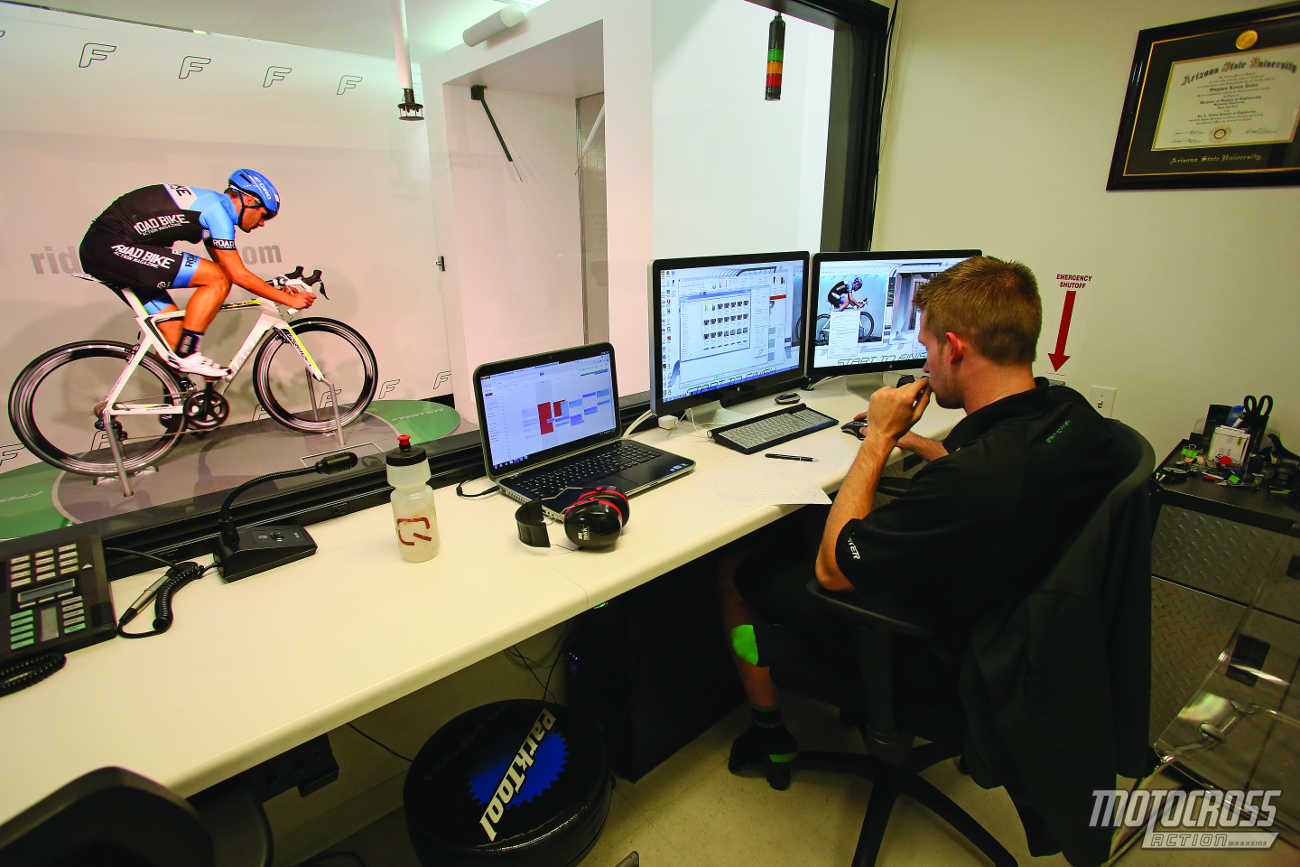TEN THINGS YOU NEED TO KNOW ABOUT THE ANAEROBIC THRESHOLD

1) Mumbo-jumbo. What is an anaerobic threshold? Go ahead, Google it. You will find a hundred different answers all based on scientific mumbo-jumbo. Why? Science still hasn’t explained exactly what happens when you hit your anaerobic threshold. To define it simply, it is the level of exercise intensity where lactic acid builds up in the body faster than it can be cleared away.
2) Aerobic. Aerobic exercise is categorized as activity that can be sustained for long periods of time as oxygen is pumped into the muscles. The higher the heart rate, the greater the oxygen shortage in the muscles. The result? Fatigue.
3) Anaerobic. When your body goes from an aerobic to an anaerobic state, it breaks through the anaerobic threshold, and oxygen is no longer pumped into the muscles. The heart is pumping at close to your max heart rate, and activity can only be sustained for brief periods of time.
4) Burn, baby. You have probably felt that burning sensation in your muscles when exercising, especially as duration and intensity increase. That burn is caused by lactate. Your body uses lactate as a buffering agent to neutralize the acid buildup in your body under heavy exertion. If you ride hard or exercise vigorously, eventually the effort from the combination of a high heart rate and heavily worked muscles will result in generating more acid than the lactate can neutralize. When this happens, you have crossed the lactate threshold, and the body starts to tell you to let up. Fatigue kicks in at a rapid rate.
5) Racing. There is a difference between riding a motorcycle and racing. This is due to the outside variables that recreational riding does not replicate, including the elevated heart rate of a full-out effort, the intensity of the start and the pressure of close racing. When your body is not used to riding at race pace, it can quickly be pushed over its anaerobic threshold. Once that happens, you will be slowing down soon.
6) Practicing. Do you practice every week and do long hard motos but still get tired when racing? When practicing, you are typically in your comfort zone just below your anaerobic threshold. To be more prepared for races, you need to raise your threshold, which will increase your endurance. This is accomplished by pushing your body past the threshold, which is best determined by tracking your heart rate. It will tell you everything you need to know.
7) Heart rate. Your heart rate can tell you many things about your fitness. Every serious racer should invest in a heart rate monitor that records information. It is a valuable tool that allows you to work smarter, not harder. Tracking your heart rate when racing will tell you where your beats per minute need to be when practicing. If your average heart rate when racing is 170 and peaks at 190, you need to replicate those numbers in training.
8) Testing. To learn your anaerobic threshold without going to a human performance lab, you can ballpark it by completing a hard 30-minute bike ride or running at a fast pace for 30-minutes. Whatever your average heart rate is will be your ballpark number. Don’t worry if it’s not spot-on; this number will work just fine.
9) Training. Riding is the best training for racing. It is a full-body workout that replicates the required movements and heart rates. Ride as much as possible and have a plan when doing so in order to get the most bang for your buck come race day. Doing motos is great at increasing your aerobic base, but it will not increase your anaerobic threshold. To do this, you need to do short intense intervals with a heart rate that comes close to, or above, your peak. You can weave these intense intervals into your regular training regimen. Do two-lap sprint intervals and check your peak heart rate. Was it lower than on race day? Guess what? You’re not trying hard enough. This is common when starting out. When you get there, you’ll know it. You will be toast after the two laps. Now, repeat these intervals five times with a break between each session. The better shape you are in, the shorter the break. Start out with the time it took you to complete one lap, then work from there.
10) Arm pump. The major contributor to arm pump is lactic acid. When the burning sensation kicks in, the anchor starts to come out. The solution? Training to raise your anaerobic threshold will lessen the effects of arm pump.




Comments are closed.